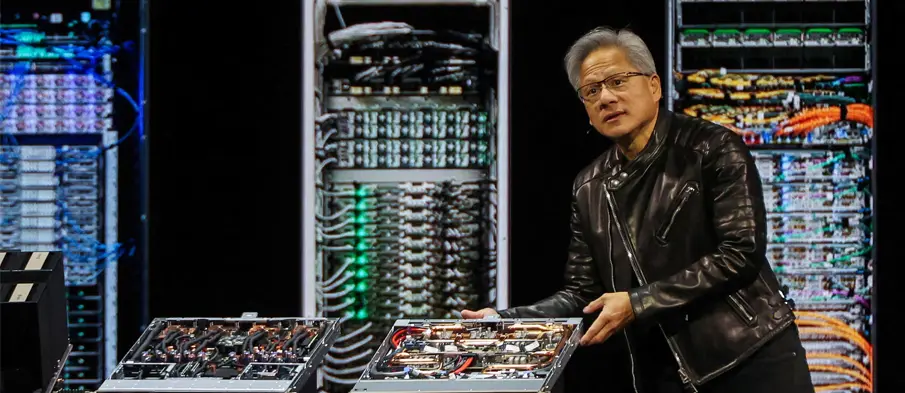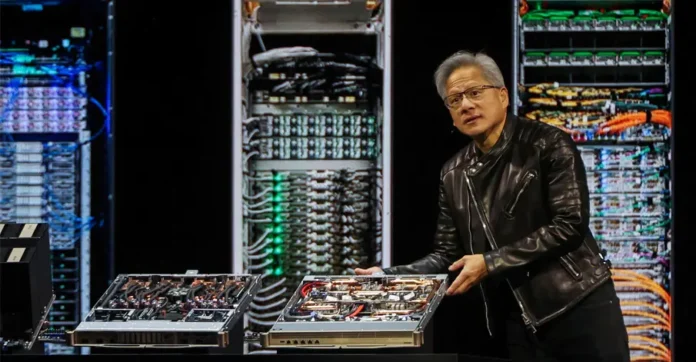
In response to tightening U.S. export restrictions, Nvidia is preparing to launch a downgraded AI chipset for the Chinese market—significantly cheaper and less powerful than its recently banned H20 GPU. Sources familiar with the matter told Reuters that the new chip, expected to enter mass production by June, will be priced between $6,500 and $8,000, compared to the $10,000–$12,000 price tag of the now-restricted H20.
Key Highlights:
- Architecture & Components:
The upcoming chip will be based on Nvidia’s Blackwell architecture and the RTX Pro 6000D, a server-grade GPU. Instead of High Bandwidth Memory (HBM), it will use GDDR7, helping Nvidia meet U.S. export bandwidth limits of 1.7–1.8 TB/s, versus the 4 TB/s of the H20. - Manufacturing Details:
- It will not use TSMC’s advanced CoWoS (Chip-on-Wafer-on-Substrate) packaging.
- A simplified design lowers production costs and sidesteps certain tech export constraints.
- Naming and Rollout:
Though the product’s official name is unconfirmed, reports suggest it may be branded as “6000D” or “B40”.
A second Blackwell-based chip tailored for China may also launch in September. - Market and Strategic Impact:
China made up 13% of Nvidia’s sales in the past fiscal year. The H20 ban cost Nvidia a $5.5 billion inventory write-off and potentially $15 billion in lost revenue.
Nvidia’s China market share has dropped from 95% before 2022 to around 50% now, with Huawei’s Ascend 910B emerging as its primary competitor.
Strategic Shifts
Nvidia’s CEO Jensen Huang confirmed that older architectures like Hopper (which powers the H20) can no longer be modified to comply with new export controls. The pivot to Blackwell indicates Nvidia’s attempt to stay in China’s $50 billion data center market without violating U.S. policy.
A spokesperson from Nvidia stated that their options remain “limited” until a final product design gets U.S. government approval.
Industry Perspective
Analysts from GF Securities expect the new chip to match the export cap bandwidth and noted that Nvidia’s move may also be aimed at diverting market attention from Google’s AI ecosystem, which gained momentum following the recent Google I/O announcements.
With this launch, Nvidia is attempting to maintain relevance in the Chinese AI hardware race while navigating geopolitical and regulatory roadblocks, echoing Alan Kay’s maxim: “People who are really serious about software should make their own hardware.





